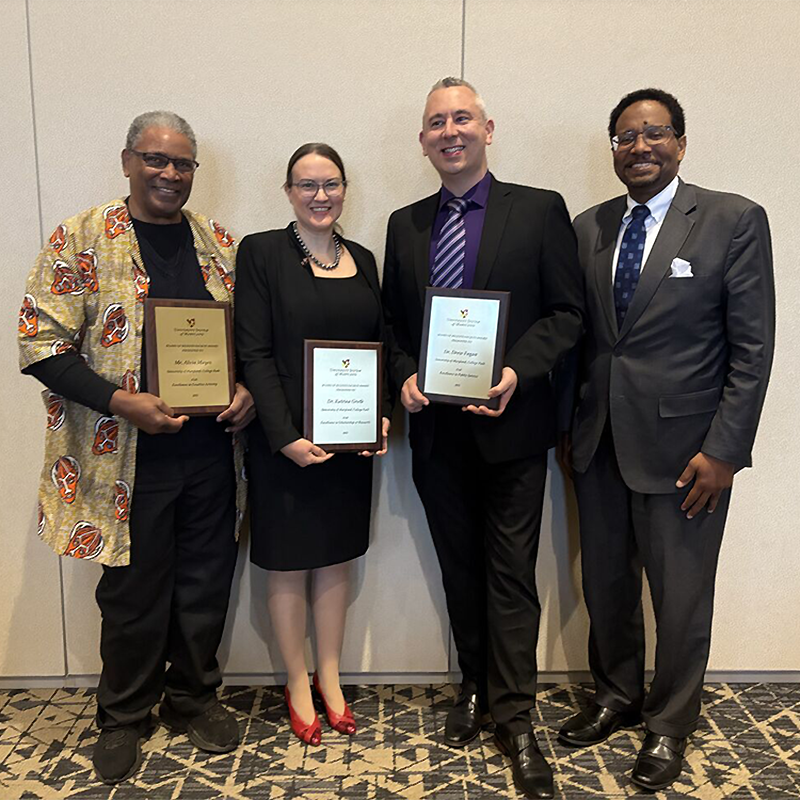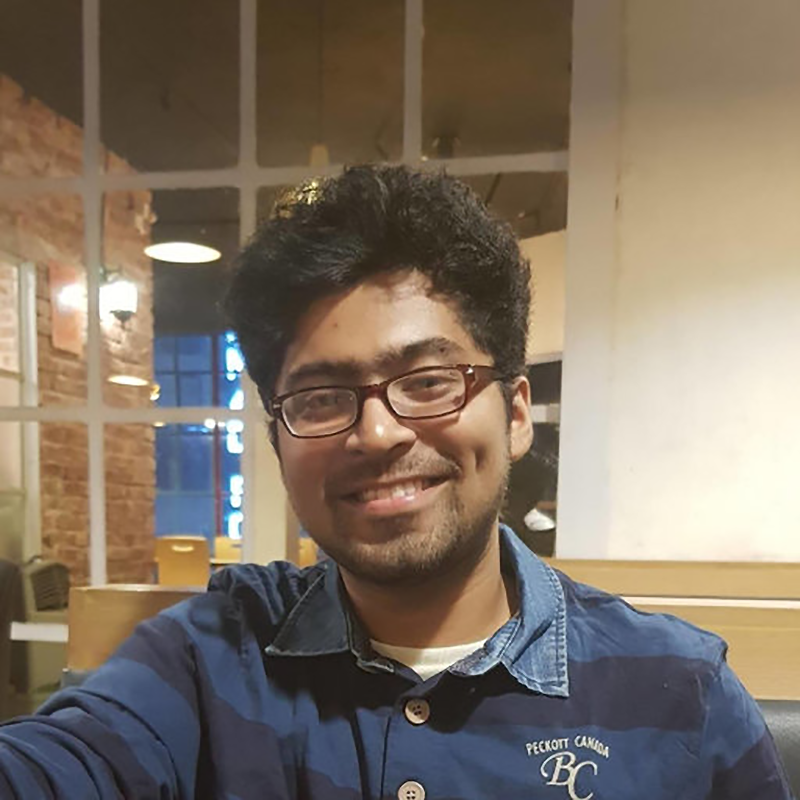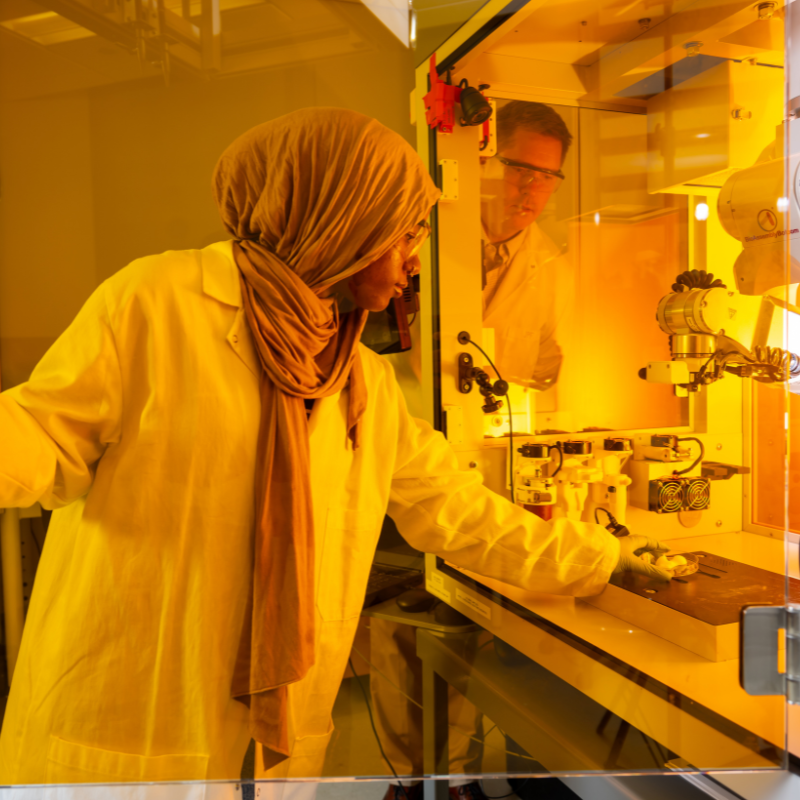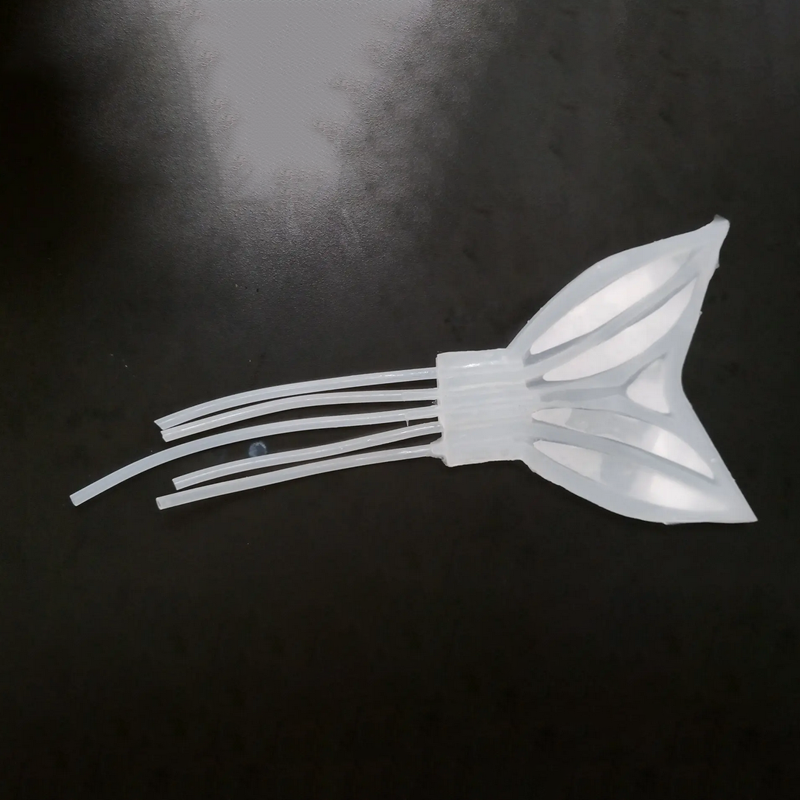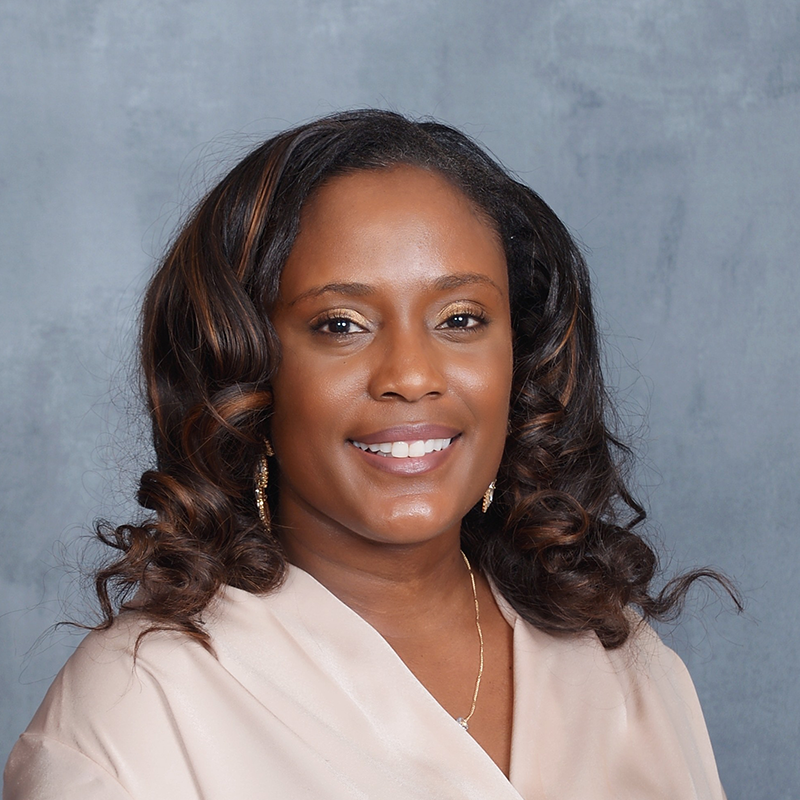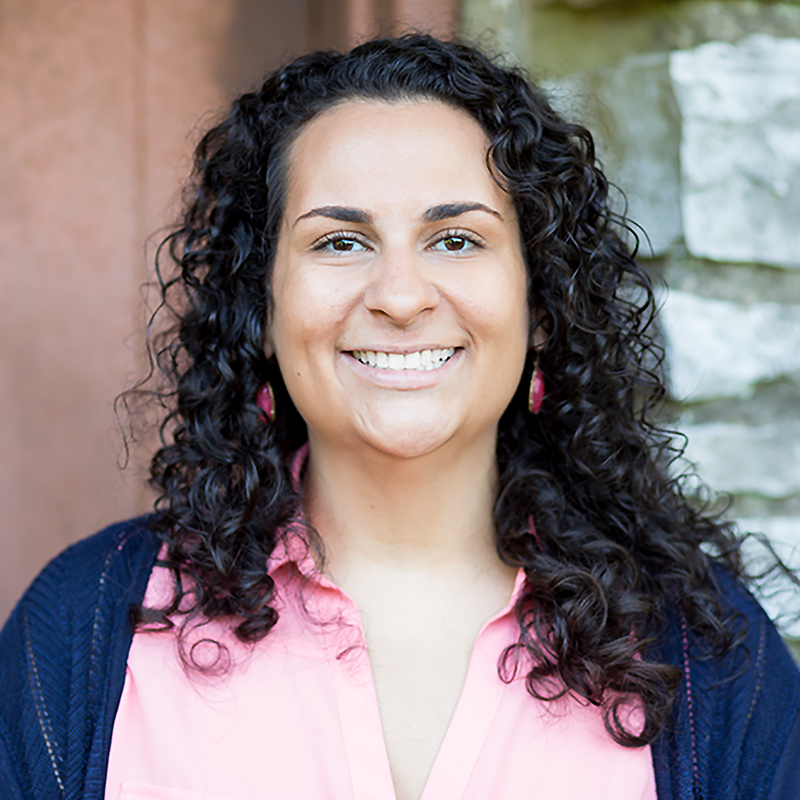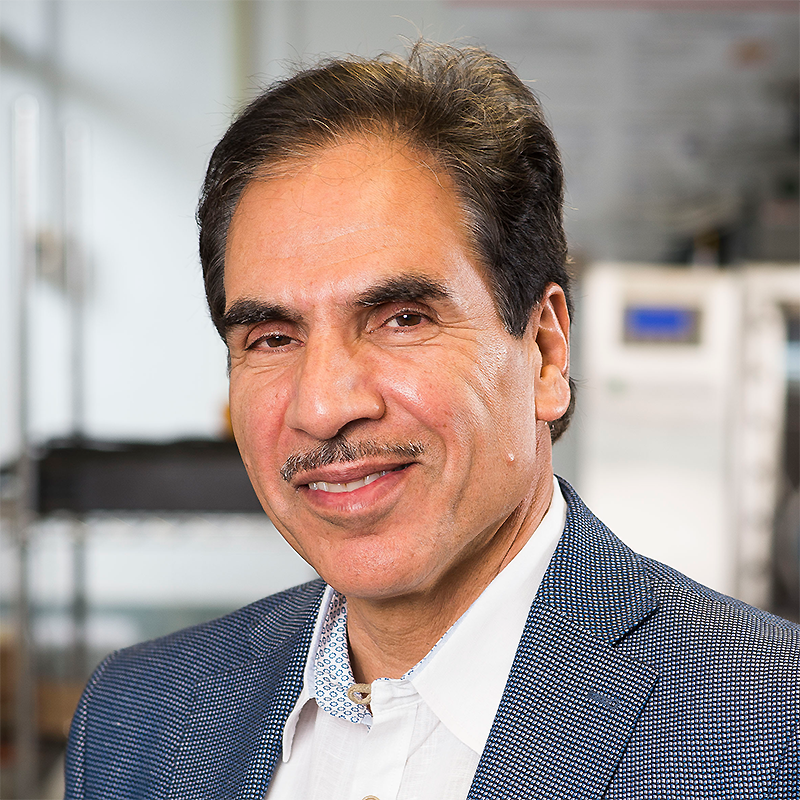News Story
Azarm Chairs ASME TCPC, Receives Dedicated Service Award
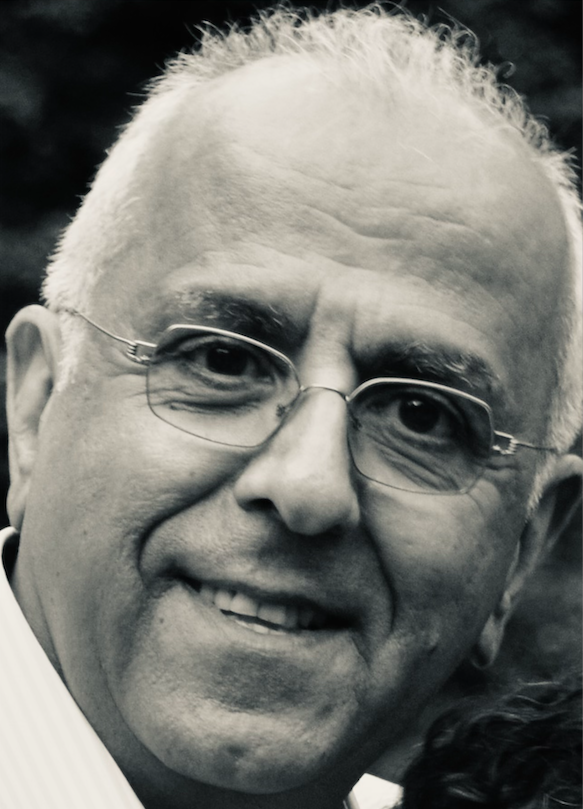
University of Maryland (UMD) Professor Shapour Azarm, a longtime fellow and life member of the American Society of Mechanical Engineers (ASME), has become chair of the ASME Technical Committee on Publications and Communications (TCPC). Meanwhile, ASME has conferred on Azarm its 2025 Dedicated Service Award (DSA).
A professor in the UMD Department of Mechanical Engineering and an affiliate professor in the Applied Mathematics & Statistics, and Scientific Computation Program, Azarm directs the Design Decision Support Lab. In an interview for the department, he spoke about the significance of the TCPC and about his award.
What are the responsibilities of the TCPC, and how have you been involved?
One of the key responsibilities of the TCPC is to set publication policies for the ASME journals. Another is to interview, approve or disapprove editors-in-chief and senior editors for ASME’s 35-plus journals. Yet another is to encourage and review proposals for new journals. Our overarching goal is to continuously improve the impact and visibility of the ASME journals worldwide. The TCPC committee includes a vice-chair, chair of the board of editors, six members-at-large, and the ASME managing director for publishing. We meet once a month via Zoom. We also meet once a year, with editors-in-chief, during the weekend before ASME’s International Mechanical Engineering Congress & Exposition.
I have been involved with TCPC since 2021. I became its vice chair during 2022-2024 and was nominated and elected to become its chair starting in January 2025.
What is the Dedicated Service Award?
The award was established by the ASME Board of Governors and honors “unusual dedicated voluntary service to the Society marked by outstanding performance, demonstrated effective leadership, prolonged and committed service, devotion, enthusiasm and faithfulness.”
What drew you to become involved with ASME?
My goal has always been to serve the mechanical engineering community in general, and design engineering in particular, and to help strengthen ASME’s visibility. I joined ASME as a student member in 1982 and became more involved when I joined UMD. Initially, I was involved as a member of the ASME Design Automation Committee (ASME-DAC). After a few years, I was nominated and elected as a member of the executive committee of the ASME-DAC, and served as paper review chair and conference chair of the ASME Design Automation Conference. Soon after my term as chair of the ASME-DAC was completed, I was nominated and elected to join the Design Engineering Division Executive Committee, which was and still is one of the largest divisions at ASME with more than 10,000 members. The division oversees the International Design Engineering Technical Conferences, and sponsors seven ASME journals. I also served as associate editor and editor-in-chief of the ASME Journal of Mechanical Design.
Why is this kind of involvement valuable?
As subject matter experts, we bring our technical perspective to ASME, and we do this on a volunteer basis.
Volunteers are crucial to ASME. The organization has a permanent staff, but these are not necessarily people with subject matter expertise in specific areas of mechanical engineering, such as mechanical engineering design. That’s where researchers from academia, government and industry come in. We can inform the ASME staff about emerging developments in the field. We can also help set up the conferences, determine who should be invited, for instance as a keynote speaker, and decide on the session topics.
How does it benefit you as a researcher?
The benefits are enormous. I present my work at ASME conferences and events, and exchange ideas with others during the meetings. This can create significant synergy.
Published April 1, 2025
